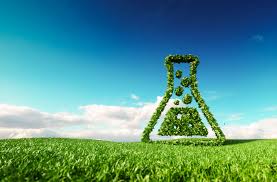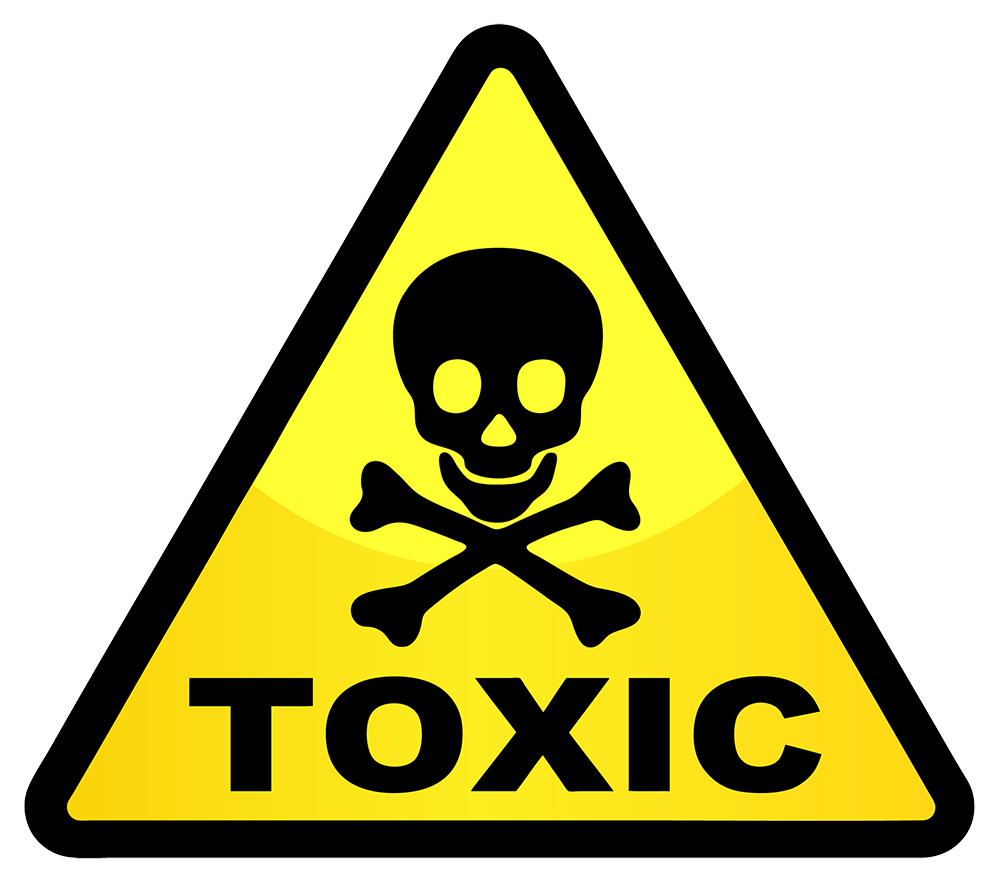ABC's of Recycling,
C – Caring for Chemicals
Feb 23 2022
Wondering how to dispose of chemicals safely?

C – is About Caring for Chemicals
There’s scary stuff lurking in your laundry room, your basement, and the old shed out back. Maybe you’ve got an old mercury thermometer? Or half a bottle of prescription or over the counter pills? That rusty can of driveway sealer- shudder. Many of the products that make our lives easier can be harmful to our health, and the environment, when disposed of carelessly.
Handling household chemicals and other hazardous waste with proper care is one of the most important choices we can make with our garbage at home. It’s our best defense for keeping chemicals from poisoning ground water and spreading into the surrounding soil.
To handle chemicals properly, there are two important questions to ask–what’s hazardous and what to do with it?
What’s Hazardous?
Hazardous waste has a legal definition, of course, “a discarded substance whose chemical or biological nature makes it potentially dangerous to living things.”
But in general, it’s products that are corrosive, ignitable or reactive, and/or toxic. Businesses, especially those producing large amount of hazardous waste, have rules and laws governing the disposal of larger amounts hazardous waste.
Unfortunately, households don’t. Why worry about a half-bottle of cough medicine? “It’s just a little….” but multiplied by millions of households, it’s a lot! That means we all need to do our part to manage our hazardous waste.
The first step is to take a look at a list of common hazardous wastes. Have you got any of these lurking in your storage areas? Chances are you have more than one. Or two.

- Automotive, lithium, or rechargeable batteries
- Cleaners – ammonia, bleach, drain opener
- Thermometers and bulbs that contain mercury
- Gasoline and oil
- Nail polish and remover
- Oil-based paint
- Glues and adhesives
- Pesticides/herbicides/fertilizers
- Flea collars
- Moth balls
- Pool chemicals
- Driveway sealer
- Insect repellent
- Aerosols that still have product inside
- Medicines
- E-cigarettes
You’re not wrong. That’s a big list!
According to a report from the EPA put out almost 30 years ago, most households produce 20 pounds of hazardous waste a year! (Considering how many new products we’ve added to our lives that number hasn’t gone down.)
So, now what to do? Don’t bring any hazardous waste to SCARCE. You’ll need to find a household hazardous waste facility in your area.
What To Do With Your HHW
In the Chicago area, we’re lucky to have several regional permanent facilities, made possible through partnerships with state and local governments. These sites collect residential household hazardous waste, or HHW
- Naperville, Regional Household Waste Facility, 156 Fort Hill Drive, DuPage County, Hours: Saturdays 9:00 AM – 2:00 PM, Sundays 9:00 AM – 2:00 PM List of Accepted and Not Accepted Items
- Rockford, Rock River Reclamation District, 3333 Kishwaukee, Winnebago County Hours: Saturdays 8:00 AM – 4:00 PM, Sundays Noon – 4:00 PM List of Accepted and Not Accepted Items The City of Rockford also offers some HHW recycling.
- Chicago, Goose Island, 1150 North Branch, Cook County www.cityofchicago.org/hccrf Hours: Tuesdays 7:00 AM – Noon, Thursdays 2:00 PM – 7:00 PM, and first Saturday of every month 8:00 AM – 3:00 PM List of Accepted and Not Accepted Items:
- Lake County, The Solid Waste Agency of Lake County (SWALCO) currently operates a long-term household chemical waste collection program. Information and a collection schedule can be found on their website (www.swalco.org) or by calling 847-336-9340.
Before bringing your items to a facility, note these tips from Captain Rick Zakaras, who heads the regional HHW facility in Naperville:
- Don’t mix HHW items. Sort the materials and bring them separated by the type of waste — solid pesticides together, batteries separated by type, liquid and solid medications apart, etc. Why? If anything leaks, everything in the bag becomes contaminated.
- Lithium batteries should be transported with the terminals covered (or taped over) to prevent fires.
- Liquid HHW must have lids on tight. Transport liquids carefully to HHW, making sure they don’t leak.
In addition to the permanent facilities, some local communities host special collections where they accept additional items that are too toxic to trash. These items include electronics, syringes, and smoke detectors. You can check out our calendar for details on upcoming events and special collections.
Handling HHW is Kind Of A Lot
Yep. But only because we aren’t used to thinking about how much hazardous waste we create. The more we pay attention, the better choices we can make. Knowing how to handle our toxic garbage is only part of the solution. Here’s a few more ideas:
- The easiest way to cut down? Don’t buy it, if you don’t need it. Ask you friends or neighbors if you need a small amount. Or tap the sharing economy by using websites like freecycle.org or your local free-and-for-sale, or garage sale groups on social media.
- Apply all chemicals according to directions. Do not overuse or apply more than you need. Less is more.
- Look for safer alternatives. Choosing safer alternatives is another big part of the solution. The EPA has a terrific webpage listing resources to check out for safer cleaning materials for laundry, general cleaning and car-care.
Handling our waste properly may not be glamorous but it is one of the most important things we can do to keep our world clean and green.